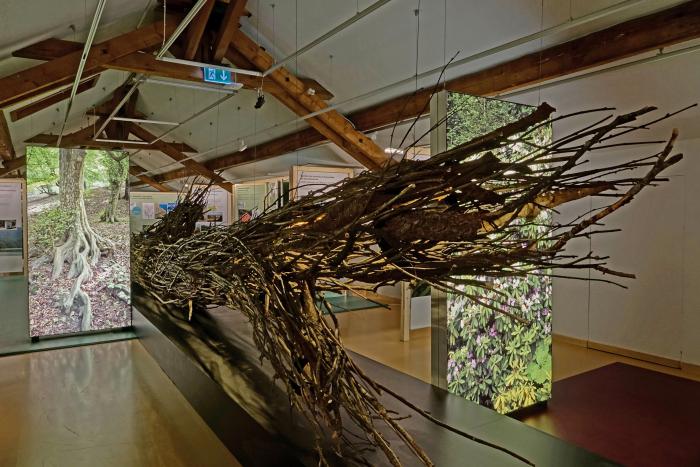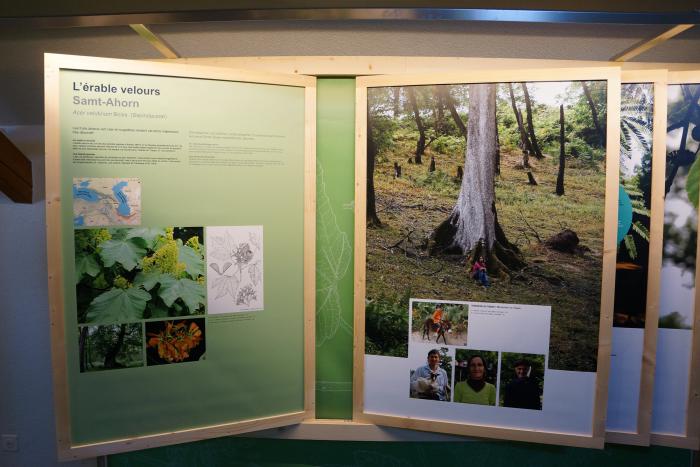

The research group of Prof. G. Kozlowski at the Botanic Garden of the University of Fribourg in collaboration with the Natural History Museum Fribourg (NHMF) initiates and/or participates actively in various local conservation, research and museological activities.
Leading researcher: Yann Fragnière
New publication on Pinus cembra (Pinaceae)
Y. Fragnière, V. Sonnenwyl and B. Clément published new publication in the journal New Forests. The title of the paper: "Large scale afforestation failure with Pinus cembra in Western Prealps." The publication shows results of the Master Thesis of V. Sonennwyl carried out at the University of Fribourg and supervised by Y. Fragnière. The research was done in collaboration with the University of Bern and the Swiss Federal Institute for Forest, Snow and Landscape (WSL, Birmensdorf, Switzerland).
Main results: Between 1885 and 1952, artificial afforestation with P. cembra was carried out in the mountainous regions of the canton of Fribourg. Nearly 450,000 seedlings of P. cembra were planted. One century later, only approximately 650 trees survived (0.15% of all planted trees). Moreover, no natural regeneration can be observed in the afforested stands. Thus, the whole afforestation campaign of P. cembra in the canton of Fribourg can be described as a failure. We argue that the lack of knowledge or consideration of the ecology of the species at a local scale can be an important factor leading to this failure.
Hier ist the PDF version of this publication
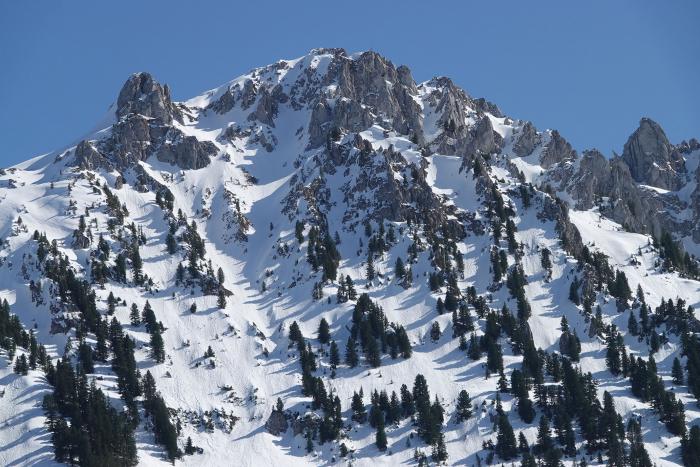
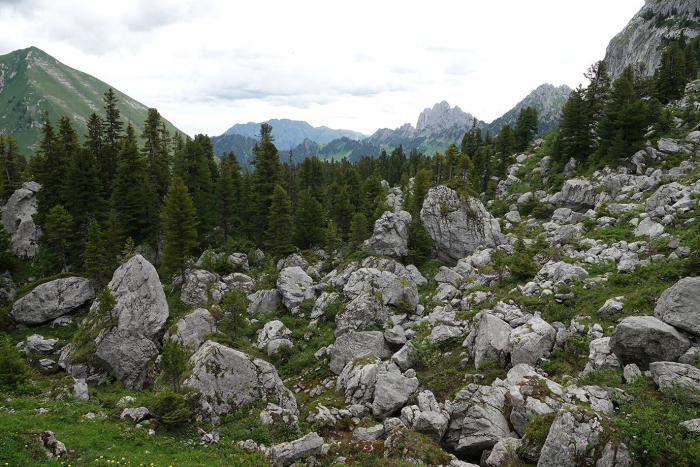
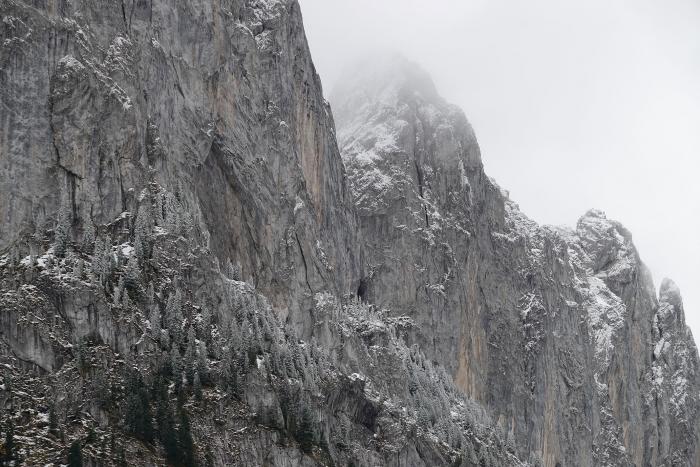
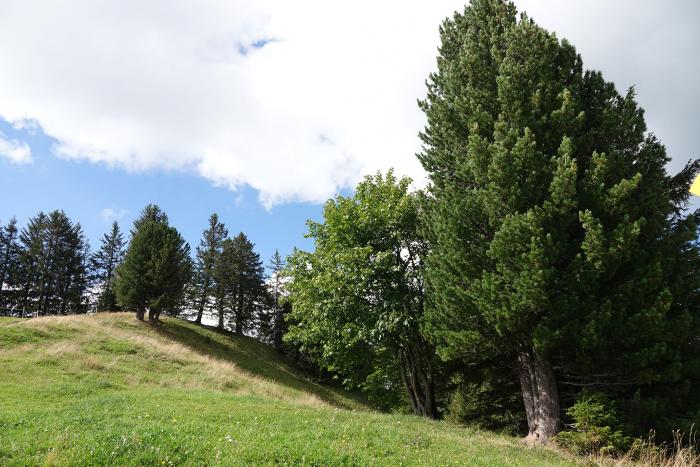
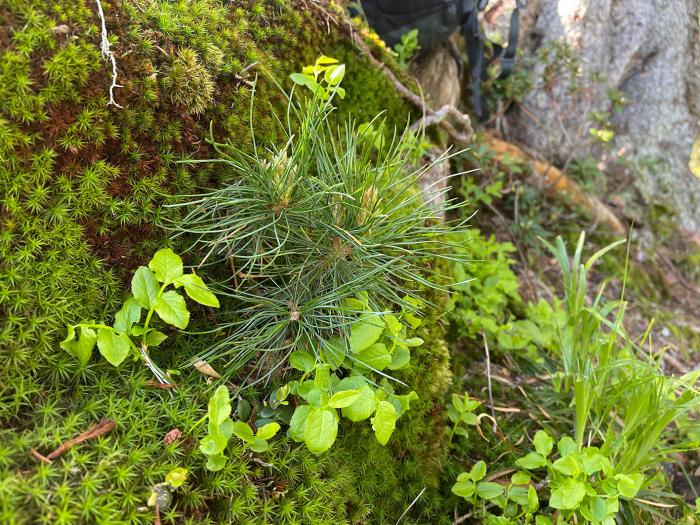
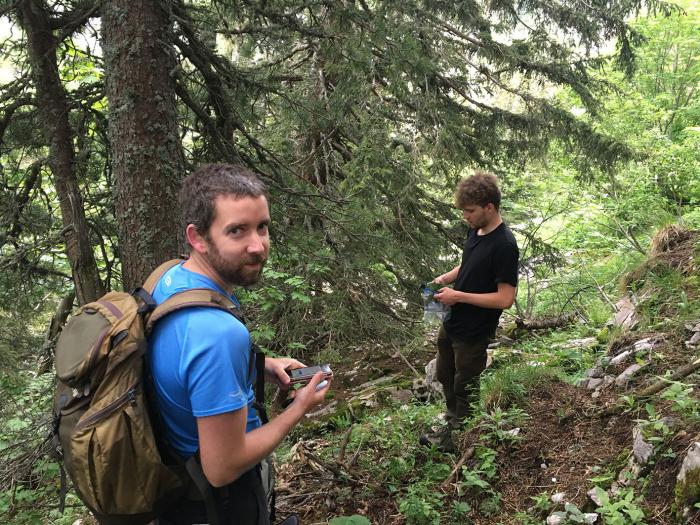
The green heart of our planet: A journey through the world of trees
This book has been prepared as a catalog of an exhibition at the Forest Culture Center in Gołuchów (Poland), which opened its doors on 4th of June 2021. The main purpose of the book and of the exhibition is to show the beauty, uniqueness and importance of trees to our planet and ourselves.
Everything in this book and in the exhibition revolves around 25 tree species that are directly or indirectly related to the research of the Botanical Garden at the University of Freiburg in Switzerland. However, the book is not a simple list of 25 tree descriptions. Rather, it is a journey, a journey to 12 regions of the world and to the countries and islands where these trees grow and where the research team of the Botanical Garden from Fribourg has been working for more than 10 years.
We very much hope that this book will not only be of interest to tree specialists and researchers but also stimulate enthusiasm in the younger generation and the wider public for the world of trees and encourage further research and conservation of these unique organisms.
Here is the PDF version of the book.
Here is the link to the exhibition webpage.
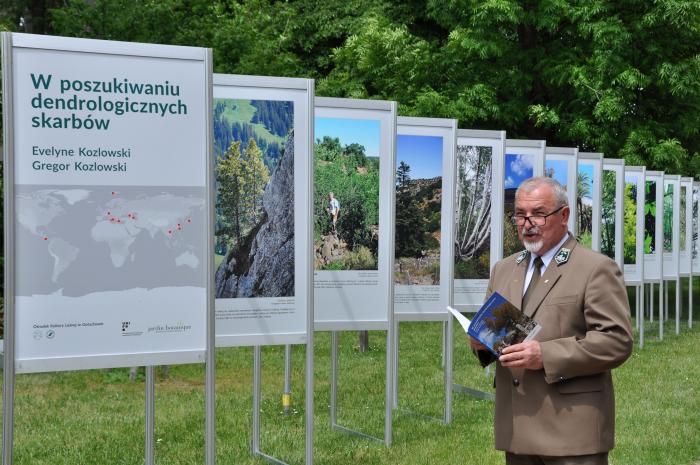

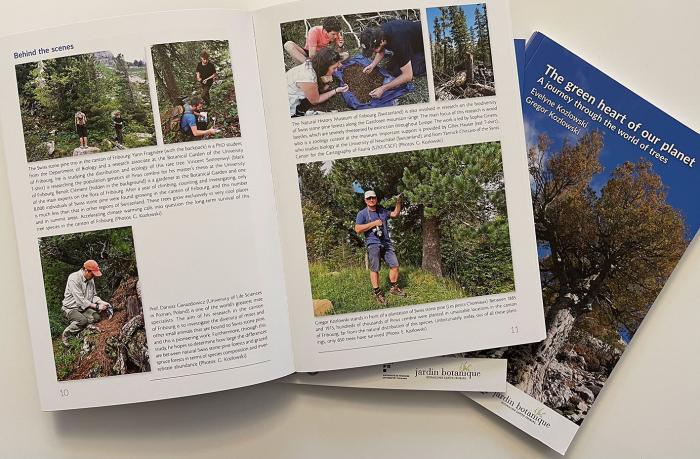
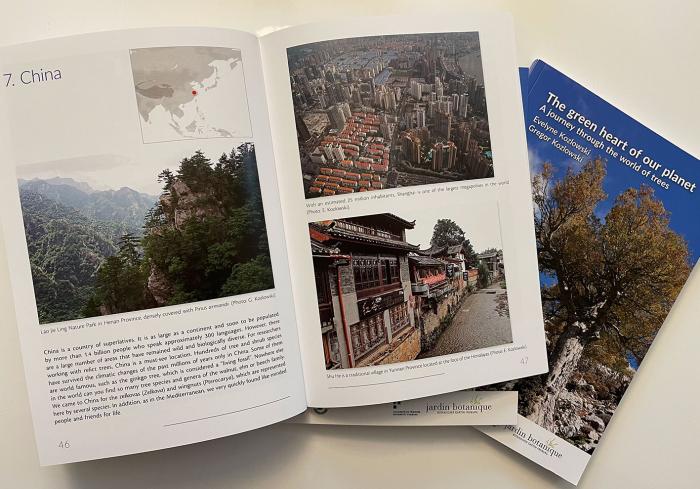
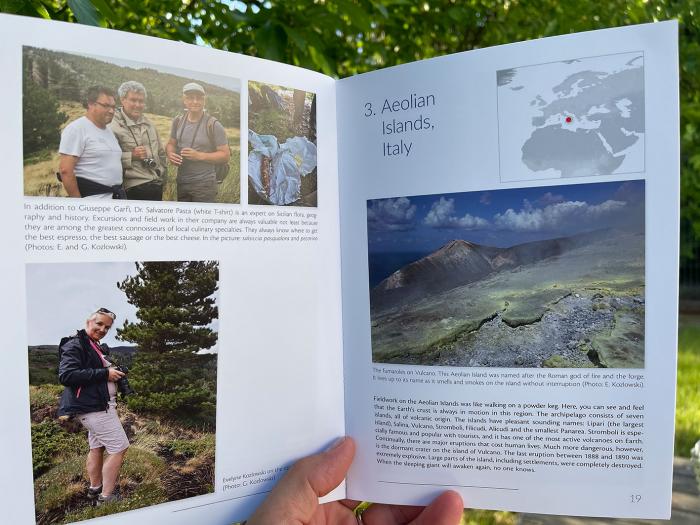
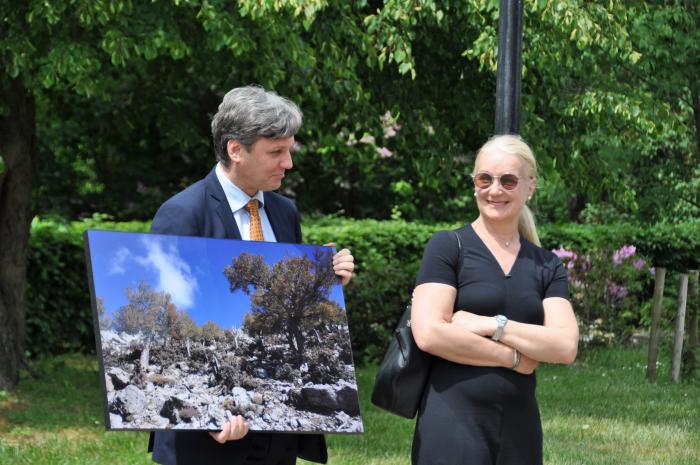
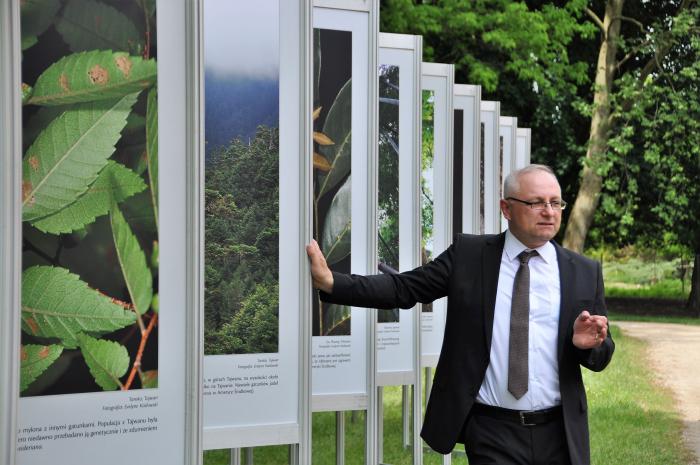

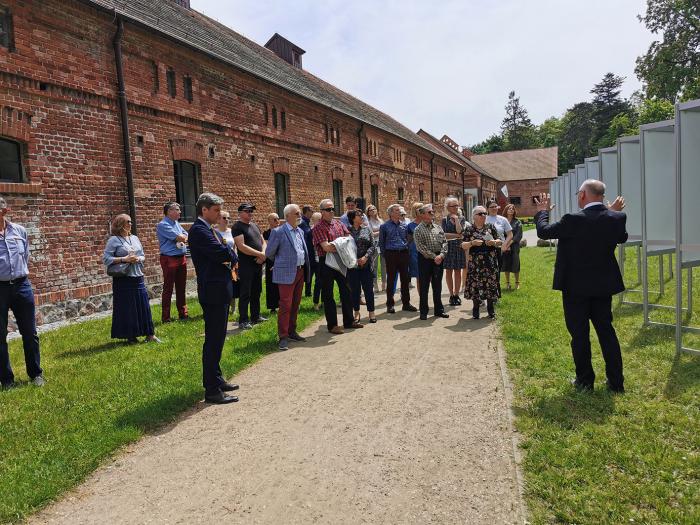
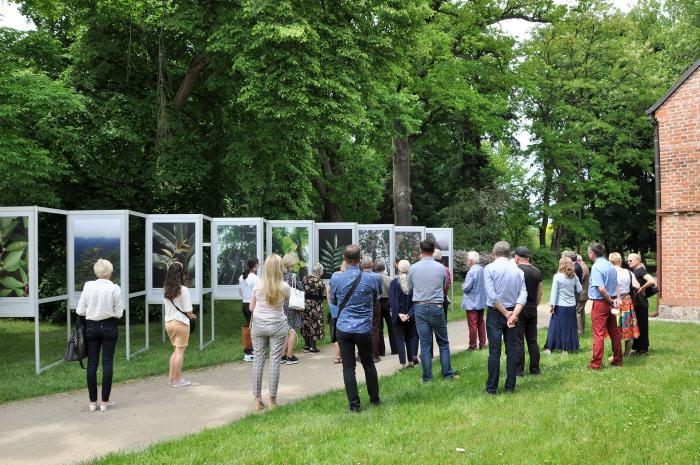
Field-work 2020
Pinus cembra is an outsider among the European pine species: it is a five-needle pine, closely related to the Siberian and East-Asiatic P. sibirica, P. pumila and P. koraiensis. Currently, there is a very large disjunction between P. cembra (endemic to the Alps and Carpathians) and its nearest relative, P. sibirica. The fragmentation of the formerly united range of these closely related species may have occurred in the Atlantic time of the Holocene (approximately 7,000 years BP). In any case, P. cembra is clearly a relict boreal element of the European flora. In the canton of Fribourg, P. cembra rarely forms pure stands (with the exception of the Forêt du Lapé), and thus Swiss stone pine forests belong to the rarest forest type in Western Prealps. They mainly occur in the central Alps and possess only a few exclaves on the northern side of the Alps. These isolated populations possess an enormous biogeographic and conservation value. However, the natural character of all known populations and small isolated stands needs to be confirmed, since hundreds of thousands(!) of seedlings were planted in canton of FR at the end of the 19th and the beginning of the 20th century.
Vincent Sonnenwyl (University of Fribourg) started the field work for his Master Thesis (2020-2021) focused on (1) History and extent of artificial afforestation in canton of Fribourg; (2) Distribution and characterization of all populations in canton of Fribourg; (3) A genetic study in order to assess the differences in genetic diversity between the artificial stands and natural populations.
Supervisors: Prof. Dr. Gregor Kozlowski (Department of Biology, University of Fribourg); Yann Fragnière (University of Fribourg & Service des forêts et de la nature FR, SFN); Dr. Felix Gugerli (WSL, Birmensdorf); Prof. Dr. Christian Parisod (Institute of Plant Sciences, University of Bern). In collaboration with: (1) Botanical Garden of the University of Fribourg (S. Bétrisey, B. Clément); (2) Natural History Museum Fribourg (Dr. P. Wandeler, Dr. E. Gerber); (3) Service des forêts et de la nature (SFN) of the Canton of Fribourg (Dominique Schaller, Pascal Sonnenwyl, Vincent Castella).
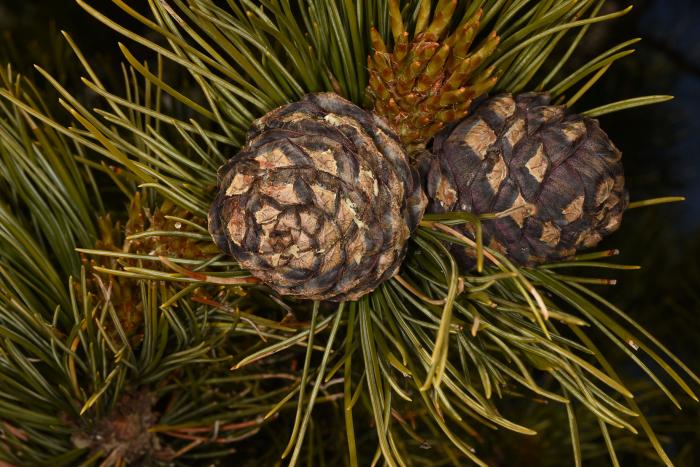
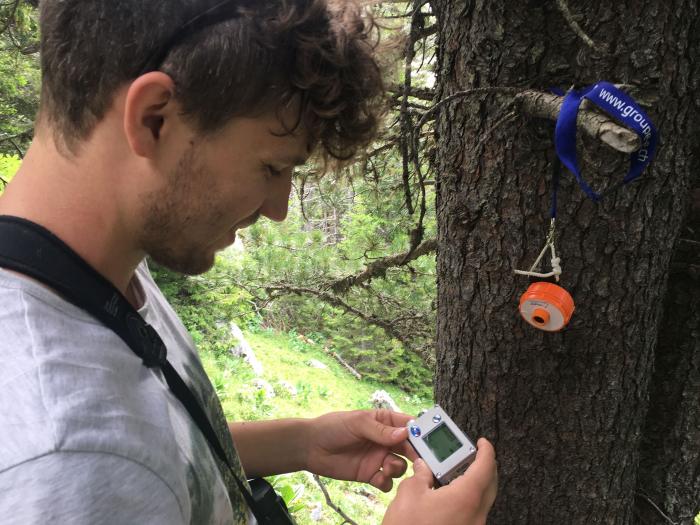
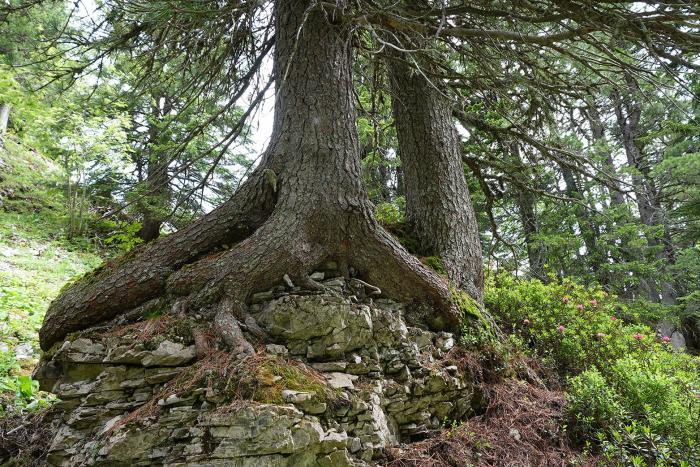

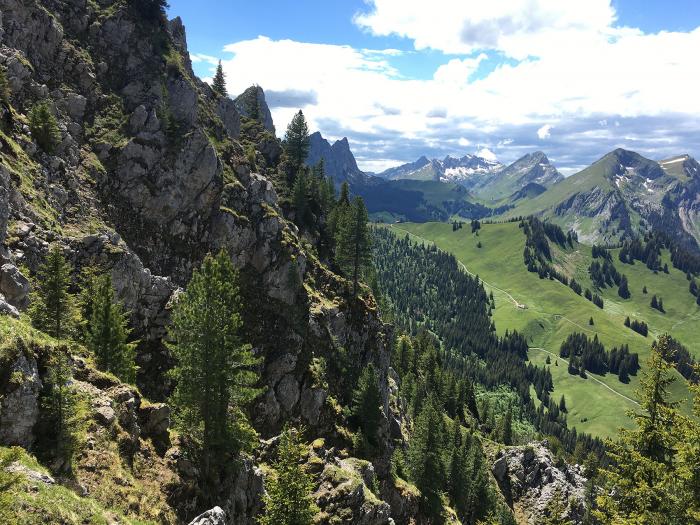
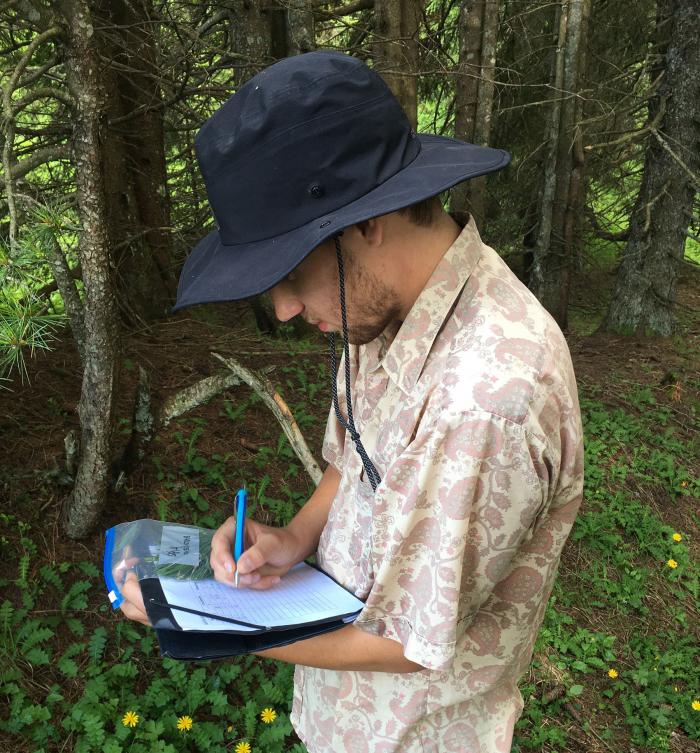
The forest in the valley of Bonaudon (situated in the southermost point of the Canton of Fribourg) belongs to the most important biodiversity hotspots in western Switzerland. Many endangered plant and animal species have found their refuge in this remote area (e.g. Cicerbita plumieri, Campanula latifolia, Cephalaria alpina, etc.). The forest is dominated by Acer pseudoplatanus trees (some of them very old) growing on steep and rocky slopes. Prof. G. Kozlowski's group carried out several inventories and spoke up since many years for conservation of this natural forest fragment. In 2015 the area was officially designated as a "Forest Reserve".
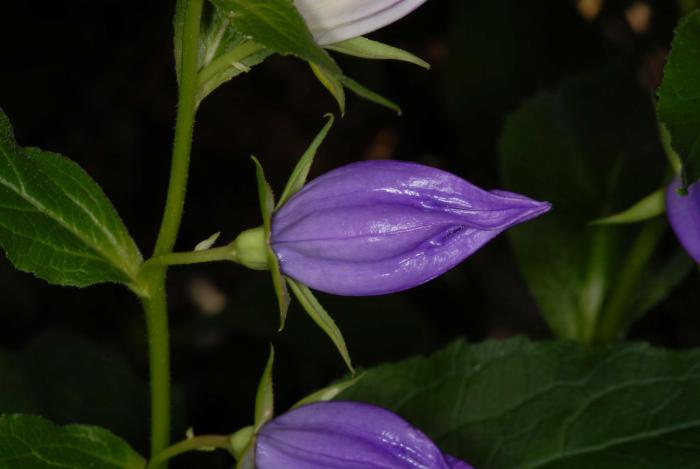
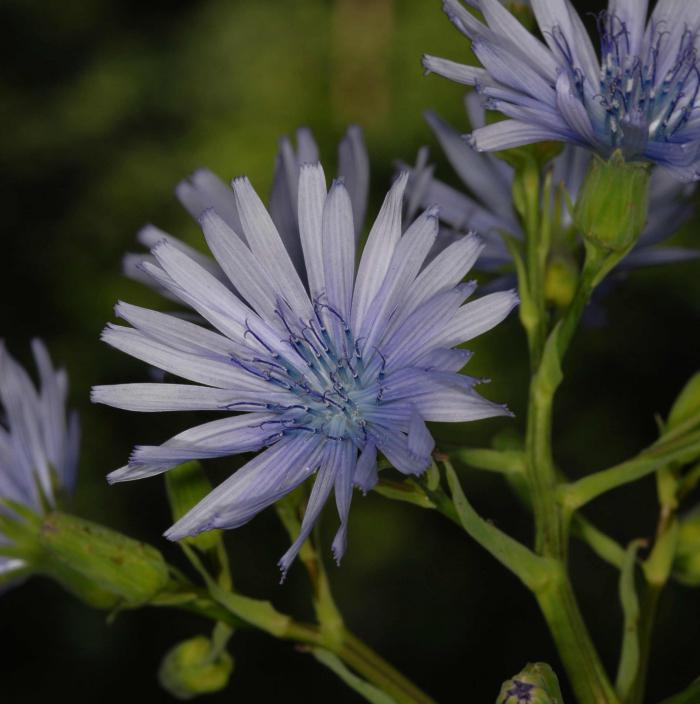
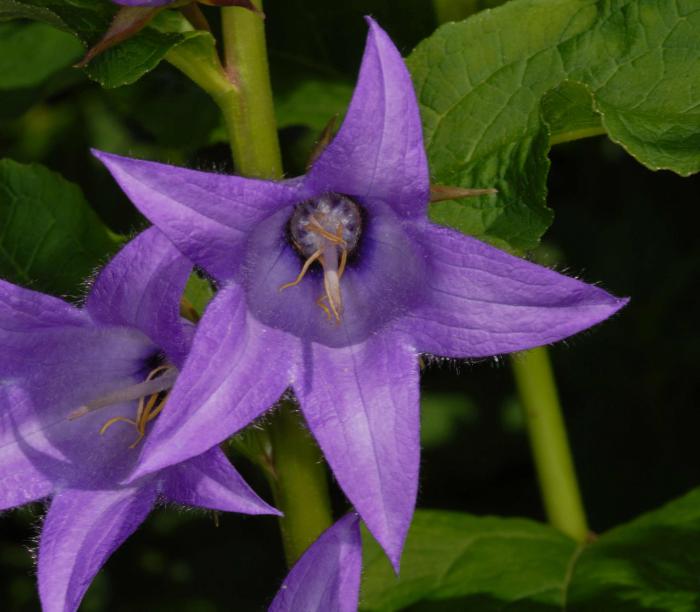

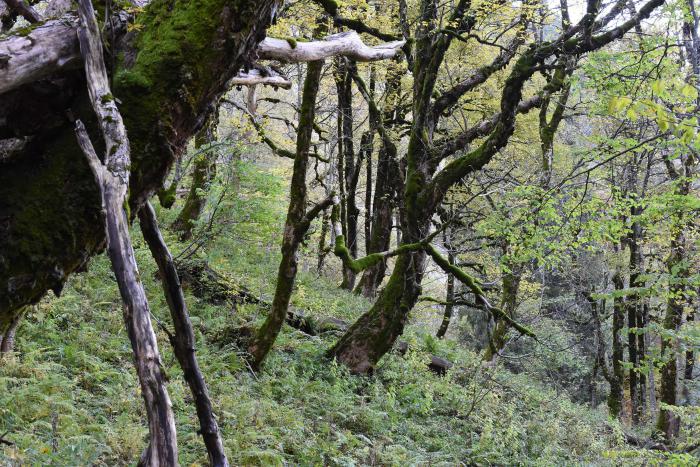
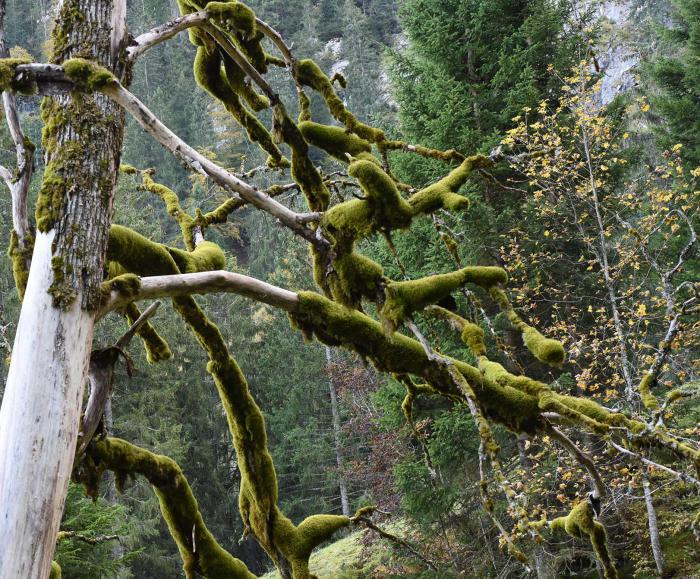


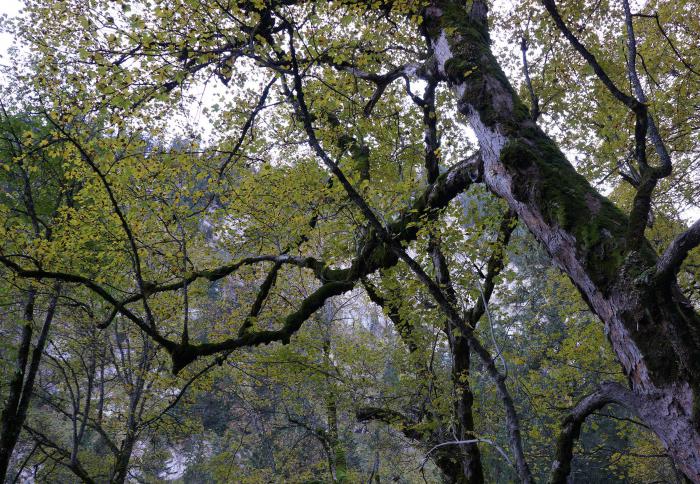
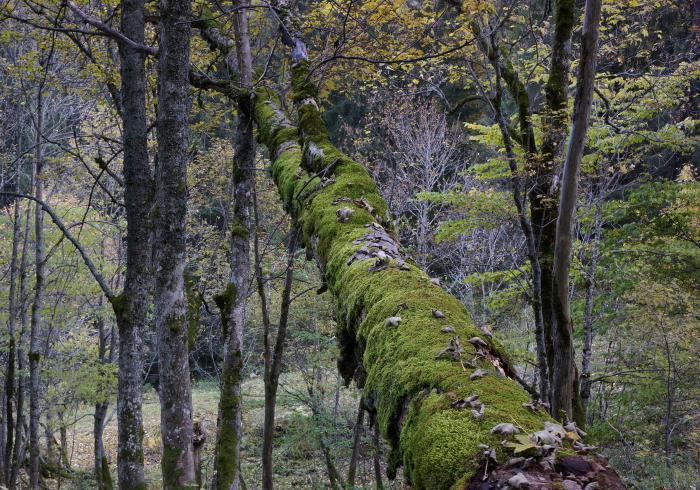
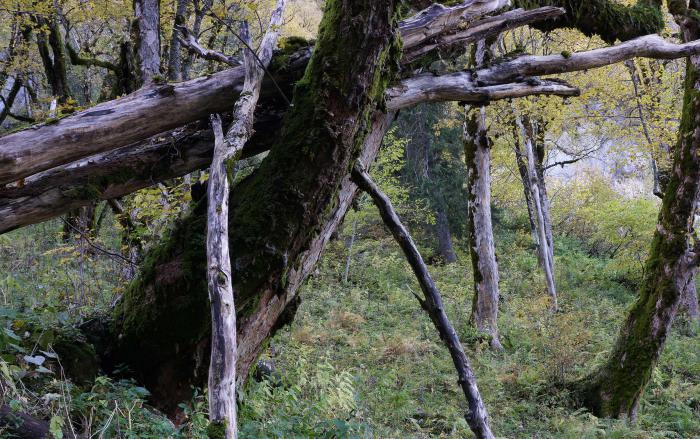
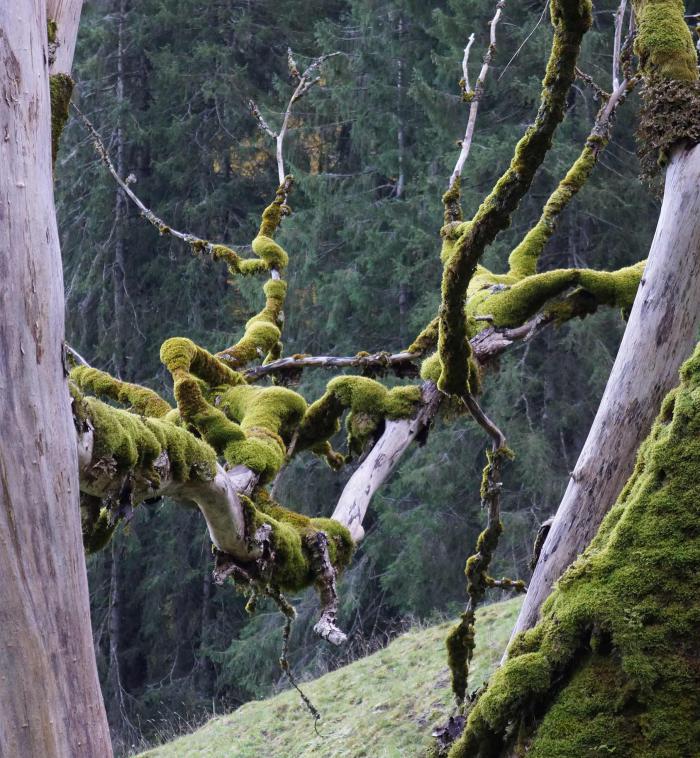
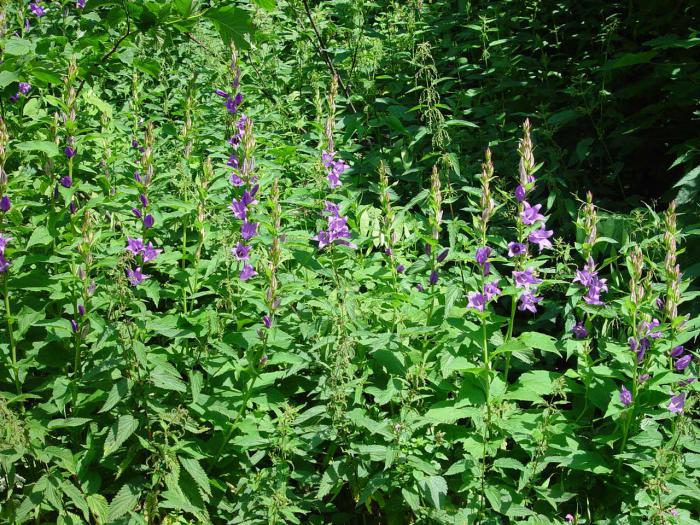
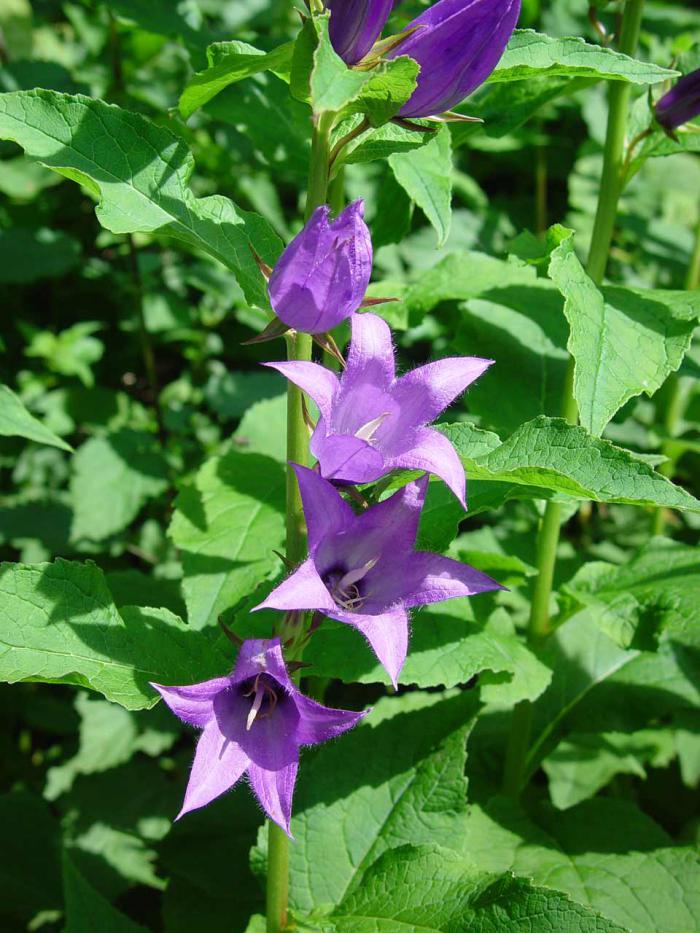
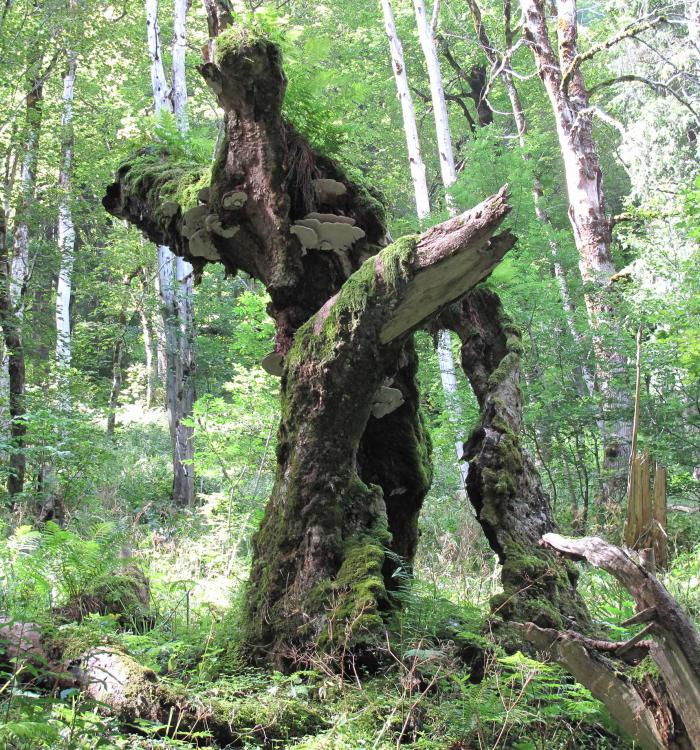
30 May 2015 - 31 January 2016
The exhibition at the Natural History Museum Fribourg (Switzerland), realized in collaboration with Design NG Tornay (Fribourg) presented the most emblematic trees and shrubs from the regions of Macaronesia, Colchis and Transcaucasia. The genus Zelkova as well as selected highlights of Project Zelkova was prominently featured in this exhibition.
Curator of the exhibition: Emanuel Gerber (NHMF)
